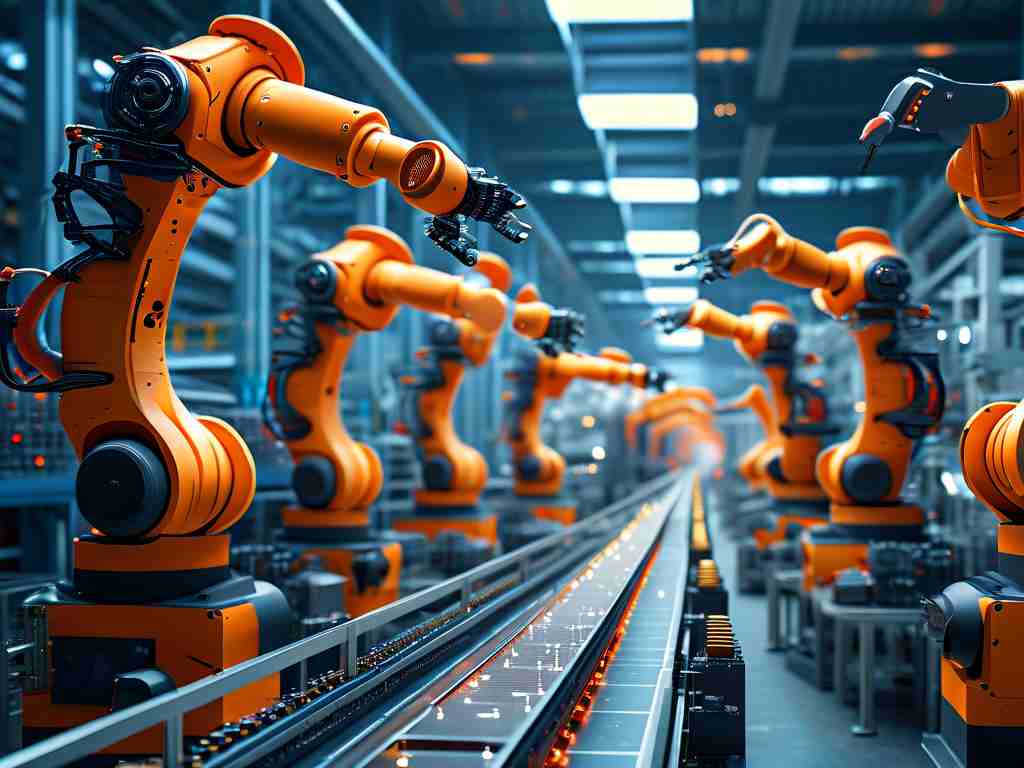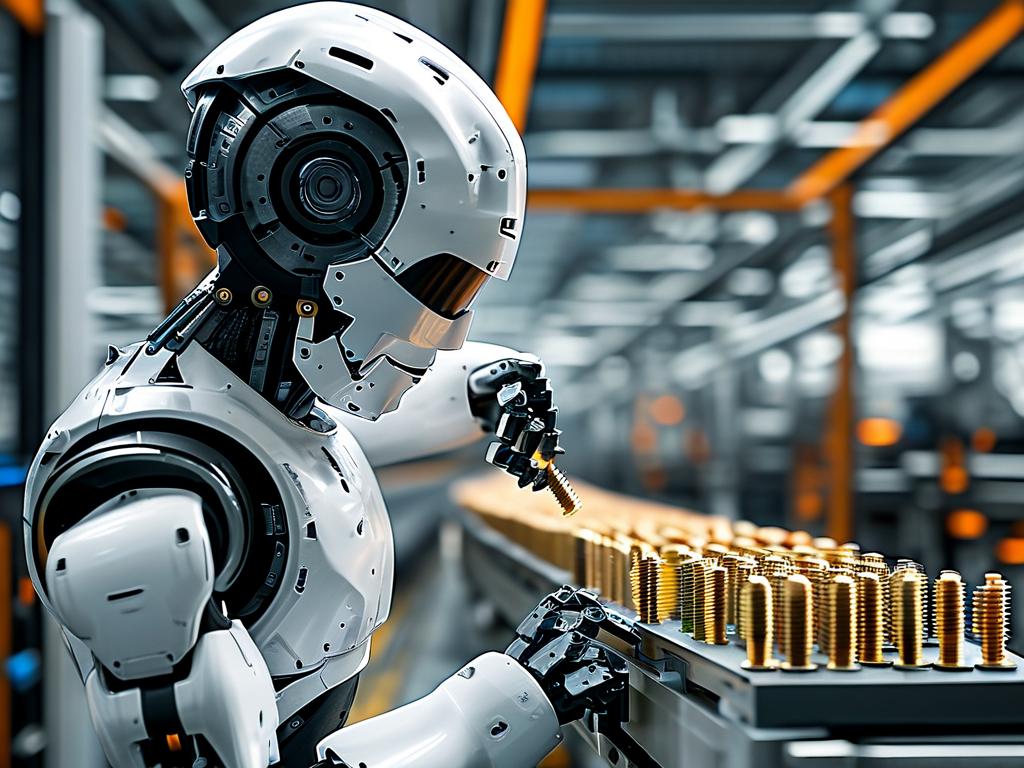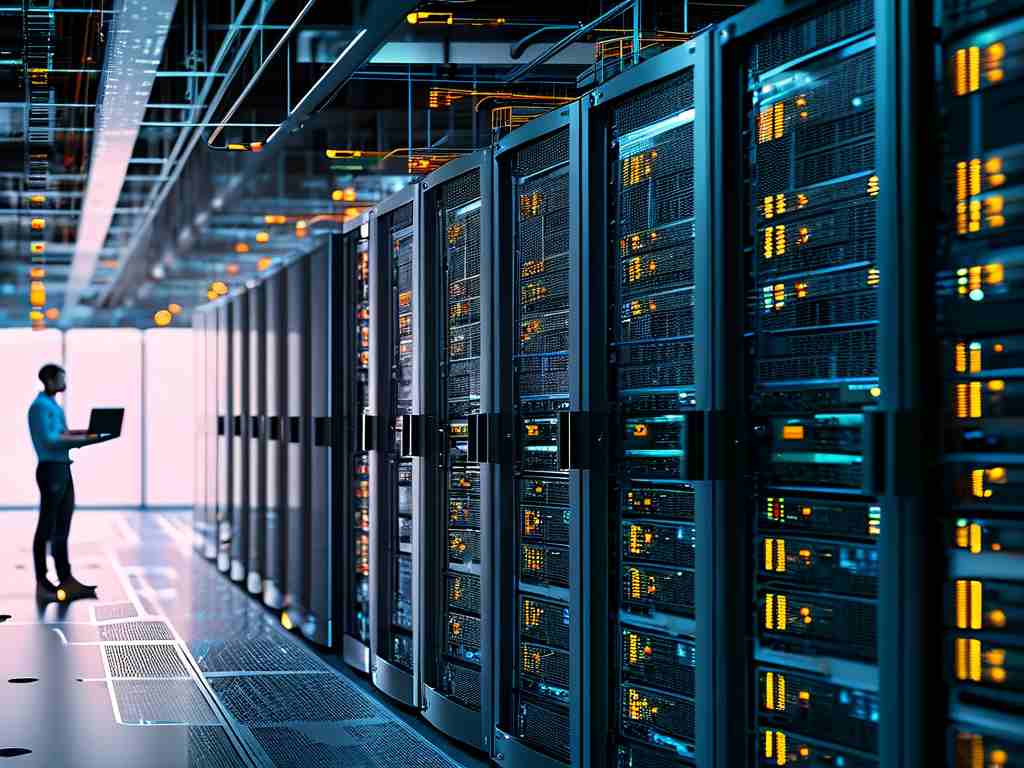The integration of advanced algorithms in industrial operations has become the cornerstone of modern manufacturing and process optimization. These computational tools enable enterprises to streamline production, enhance quality control, and reduce operational costs. This article explores seven pivotal algorithms reshaping industrial landscapes while maintaining technical rigor without AI-generated phrasing.

At the core of industrial automation lies Linear Programming (LP), a mathematical approach for optimizing resource allocation. Factories employ LP to balance raw material usage, labor distribution, and machine scheduling. For instance, automotive manufacturers leverage LP models to minimize production bottlenecks while maintaining strict delivery timelines. A case study from a German assembly plant revealed 18% efficiency gains after implementing LP-based scheduling systems.
Genetic Algorithms (GA) have emerged as powerful tools for solving complex combinatorial problems. These evolutionary computation methods mimic natural selection to iteratively refine solutions. Energy companies apply GA to optimize turbine configurations in power plants, while logistics firms use them for route optimization. A notable application involves a Japanese semiconductor manufacturer that reduced component placement errors by 42% using GA-driven robotic arm calibration.
For real-time decision-making, Model Predictive Control (MPC) algorithms dominate process industries. These systems continuously adjust parameters in chemical reactors, oil refineries, and HVAC systems. By predicting future process states and optimizing control actions, MPC maintains operational stability despite external disturbances. An oil refinery in Texas reported 23% reduction in energy consumption after deploying MPC across its distillation units.
Computer Vision algorithms, particularly convolutional neural networks (CNNs), revolutionize quality inspection. Modern production lines integrate CNN-based systems to detect microscopic defects in products ranging from microchips to pharmaceutical tablets. A pharmaceutical company in Switzerland achieved 99.96% inspection accuracy using custom CNN architectures, significantly surpassing human capabilities.
In maintenance optimization, Time Series Analysis algorithms like ARIMA and Prophet enable predictive maintenance. By analyzing equipment vibration patterns, temperature fluctuations, and power consumption data, these models forecast potential failures weeks in advance. A wind farm operator in Denmark extended turbine service intervals by 35% while reducing unplanned downtime through such implementations.
Reinforcement Learning (RL) is gaining traction in dynamic industrial environments. Autonomous warehouses employ RL to optimize robot pathfinding, while steel mills use it to control rolling mill pressures. The algorithm's ability to learn through trial-and-error simulations allows adaptation to changing conditions without explicit programming. A case in point: A South Korean shipyard reduced welding robot calibration time by 60% using RL frameworks.
For supply chain optimization, Clustering Algorithms like K-means and DBSCAN help categorize suppliers, inventory items, and distribution channels. Consumer goods companies apply these techniques to identify regional demand patterns and optimize warehouse stocking levels. A multinational retailer improved regional stock availability by 28% while cutting overstock costs through cluster-based inventory management.
The convergence of these algorithms with Industrial IoT (IIoT) creates smart factories where machines self-optimize through edge computing. A practical implementation involves vibration sensors feeding data to on-site servers running Fast Fourier Transform (FFT) algorithms for real-time bearing health monitoring. Such integrations reduce cloud dependency and enable millisecond-level response times.
Despite their transformative potential, industrial algorithm deployment faces challenges. Data quality issues, legacy system integration, and workforce upskilling remain critical hurdles. Successful implementations often follow a phased approach—starting with pilot projects in non-critical processes before enterprise-wide scaling.
As industries progress toward Industry 5.0, algorithm development focuses on human-machine collaboration. Emerging techniques like Digital Twin optimization and quantum-inspired algorithms promise to address previously intractable problems in material science and complex system modeling. The next frontier involves developing explainable AI frameworks to build trust in algorithm-driven decisions among engineering teams.
From production floors to global supply chains, industrial algorithms form an invisible yet indispensable layer of modern manufacturing ecosystems. Their continuous evolution will dictate competitive advantages in an era where operational excellence separates industry leaders from followers.









